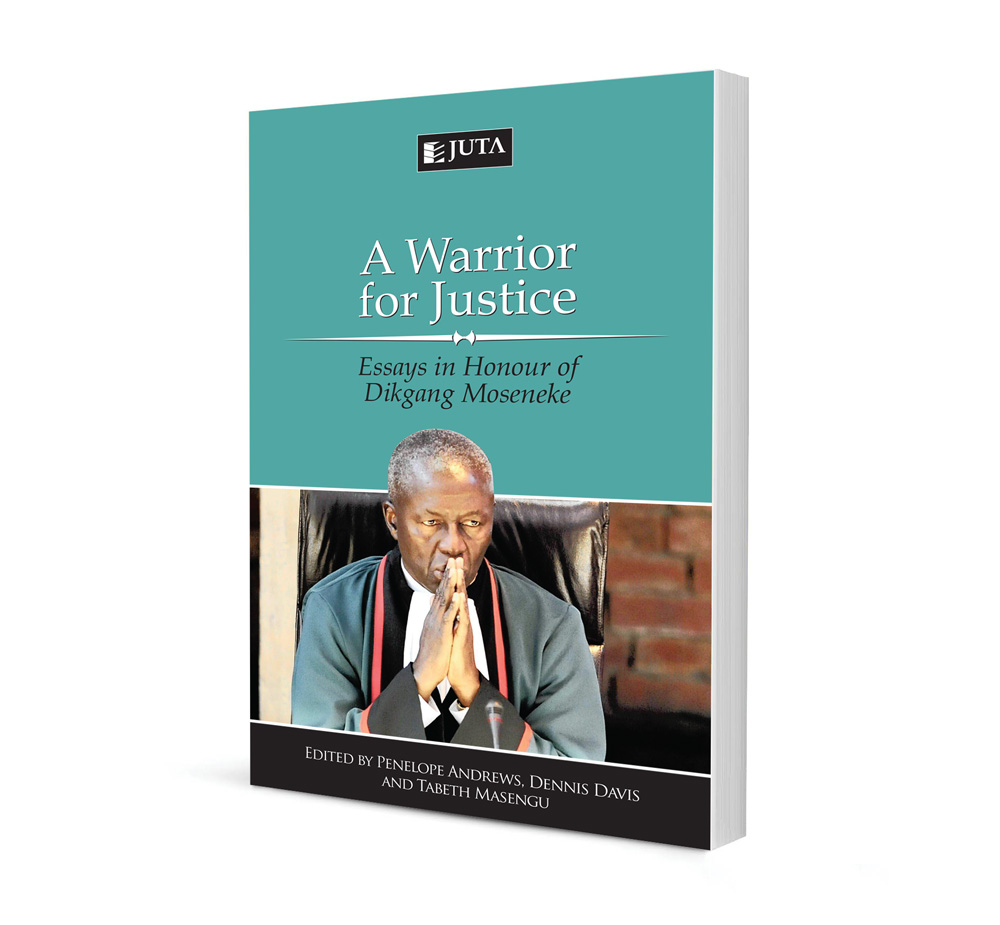State liability and accountability

State liability and accountability
Authors Alistair Price
ISSN: 1996-2088
Affiliations: Associate Professor, University of Cape Town; Advocate of the High Court of South Africa
Source: Acta Juridica, 2015, p. 313 – 335
Abstract
This contribution examines the relationship between two intersecting themes in Chief Justice Langa’s judgments: the need to hold the state accountable for its wrongdoing and the need to hold the state liable to pay a monetary sum to a victim of its wrongdoing. I argue that accountability is promoted by requiring the state to explain or to justify its actions and by holding it responsible for its actions. Responsibility for wrongdoing may and should take a variety of forms, both legal and political. Legal liability to pay money is but one of these. There are at least four distinct grounds to hold the state liable in South African law. Our courts have relied most heavily on one of these routes, namely the law of delict. Although in principle this is welcome, in future further attention should be given to the possibility that awarding ‘public law’ compensation as an alternative, whether constitutional damages or an award grounded in administrative law, may on occasion be a better means to hold the state accountable for failures to perform its distinctive obligations.